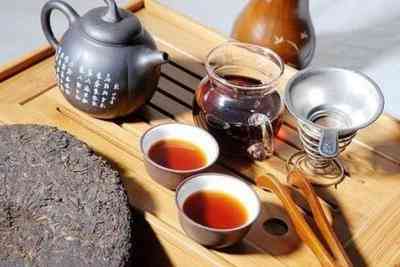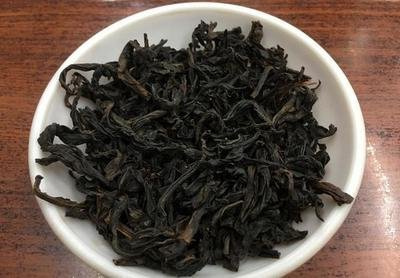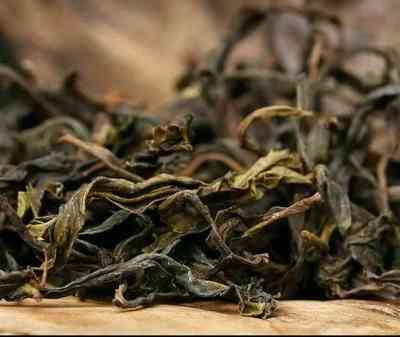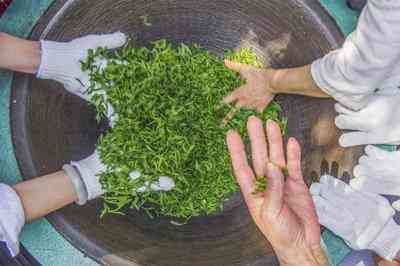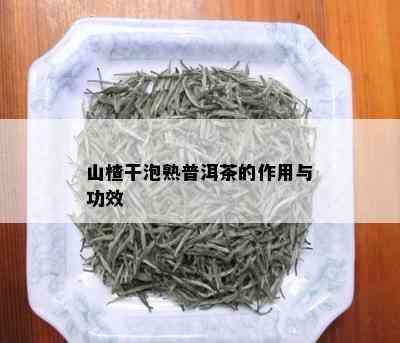Introduction:
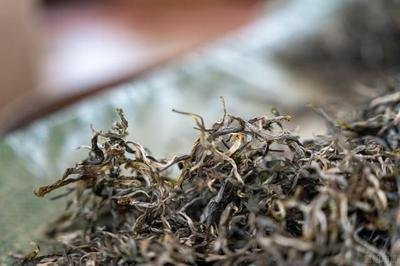
Pu’er tea is a traditional Chinese tea, which is made from the large leaves of the Camellia Sinensis plant. One of the oldest and most prestigious brands of Pu’er tea is Rongshi Pu’er tea. Since 1935, Rongshi Pu’er tea has been renowned for its high quality, unique flavor, and health benefits. Over the years, the brand has undergone a lot of changes, particularly in the packaging and production processes. This article will focus on the Rongshi Pu’er tea brand, with specific attention to the 1935, 1974, and 1999 packaging, and analysis of the tea's ranking in the market.
Rongshi Pu’er tea 1935:
Rongshi Pu’er tea was first produced in 1935, and it is still regarded as one of the highest quality Pu’er teas. The leaves of this tea are harvested from ancient tea trees in the Yunnan province of China, and are fermented using traditional methods. After fermentation, the tea is dried, compressed, and left to age for several years, until the flavor has matured. The taste of Rongshi Pu’er tea 1935 is rich and full-bodied, with a smooth and slightly sweet finish. It is considered a rare and valuable tea, and is often considered a collector's item.
Rongshi Pu’er tea 1935 packaging:
The packaging of Rongshi Pu’er tea 1935 is simple and understated, with a plain paper wrer and no additional branding. The tea is packaged in a rectangular shape, with a weight of 357g. Over the years, the packaging has remained largely unchanged, with only slight variations in the design of the paper wrer.
Rongshi Pu’er tea 1974:
In 1974, Rongshi Pu’er tea underwent a major transformation, with changes in the production process and packaging. During the Cultural Revolution in China, most private businesses were shut down or nationalized, including Rongshi Pu’er tea. The production of the tea was therefore taken over by the state-owned Kunming Tea Factory, which began producing a new version of the tea under the Rongshi brand name.
Rongshi Pu’er tea 1974 packaging:

The packaging of Rongshi Pu’er tea 1974 was significantly different from the 1935 version. The tea was packaged in a round shape, with a weight of 357g. The paper wrer featured a design that included the brand name, production year, and other information about the tea. The design of the packaging was heavily influenced by the political and cultural events of the time, with images of Mao Zedong and other Communist leaders earing on the packaging.
Rongshi Pu’er tea 1999:
In 1999, Rongshi Pu’er tea was once again produced by a private company, following the privatization of the Kunming Tea Factory. Under the new ownership, the production process was refined, with a greater emphasis on quality control and consistency. The tea was also aged for a longer period, which further developed the flavor.
Rongshi Pu’er tea 1999 packaging:
The packaging of Rongshi Pu’er tea 1999 was similar to the packaging of the 1935 version, with a plain paper wrer and no additional branding. However, the weight of the tea was slightly reduced to 357g. The packaging was designed to highlight the premium quality of the tea, with a simple and elegant design that emphasized the natural beauty of the tea leaves.
Rongshi Pu’er tea ranking:
Rongshi Pu’er tea is highly regarded in the market, particularly among Pu’er tea enthusiasts and collectors. The 1935 version is considered to be the most valuable and rarest, and is often sold at auction for thousands of dollars. The 1974 version is also highly valued, particularly due to its historical significance. The 1999 version is more widely available and accessible, but is still regarded as a premium and high-quality Pu’er tea.
Conclusion:
Rongshi Pu’er tea is a classic and prestigious tea brand that has evolved over the years, with changes in the production process and packaging. The brand is known for its high quality, unique flavor, and health benefits, and is highly regarded in the market. The tea has a rich history, and each version of the tea has its own significance and value. Whether as a collector's item or as an everyday tea, Rongshi Pu’er tea is a true treasure of Chinese tea culture.


